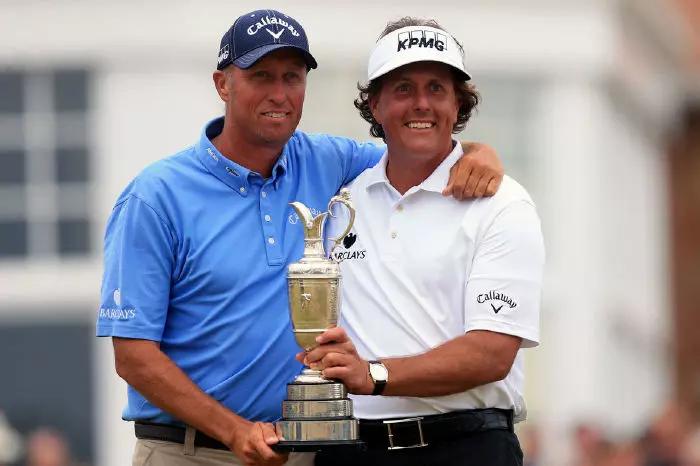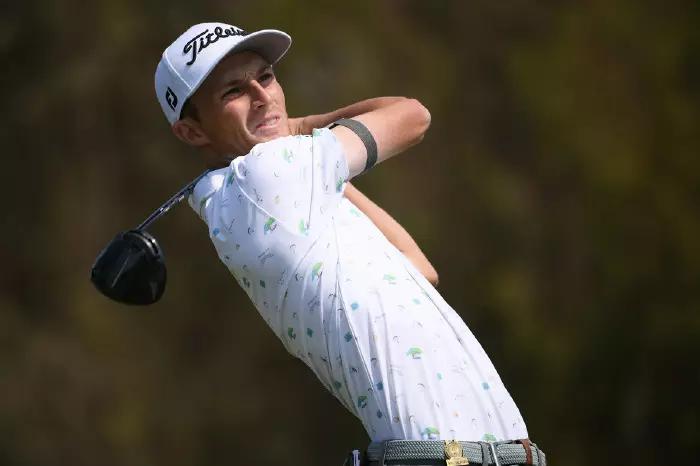The Sandwich epiphany: Bones Mackay on Phil Mickelson’s linksland learning curve

He lifted the Claret Jug at Muirfield in 2013, but the seeds of Mickelson’s Open success were sown two years earlier.
Ways to back Mickelson at the 2021 Open
Former caddie and on-course TV reporter Jim 'Bones' Mackay is in no doubt about the brilliance of the two shots his former boss Phil Mickelson hit into the 17th hole of the final round in the 2013 Open at Muirfield.
"I tell people all the time," he told Planet Sport last week. "If you take the 10 best shots I ever witnessed Phil hit, he hit two of them right there, back-to-back, on the same hole, in a major championship, one he'd never won, right when he needed it.
Ahead of the 2011 edition at Royal St George's, he'd landed just one top 10 at the Open in 17 attempts.
Something needed to change and, as Mackay revealed, Mickelson knew that as well as anyone.
Missing links
That first year on the links he crafted a second round 67 to make the cut on the number and afterwards talked excitedly about hitting balls along the ground. The implication was clear: the venue change had helped him turn a corner in his understanding of the examination.
It’s #TheOpen week! 🙌
— Callaway Golf (@CallawayGolf) July 15, 2019
Let’s hope we see more of this. @PhilMickelson pic.twitter.com/7EYK3uHORa
Bullet-proof
Ultimately, he finished tied second alongside Dustin Johnson, three shots behind Darren Clarke, but the words that poured forth afterwards left no-one in any doubt that the worm had turned.
"That was some of most fun I've ever had competitively," Mickelson said, going on to repeat the word 'fun' six times in three answers.
